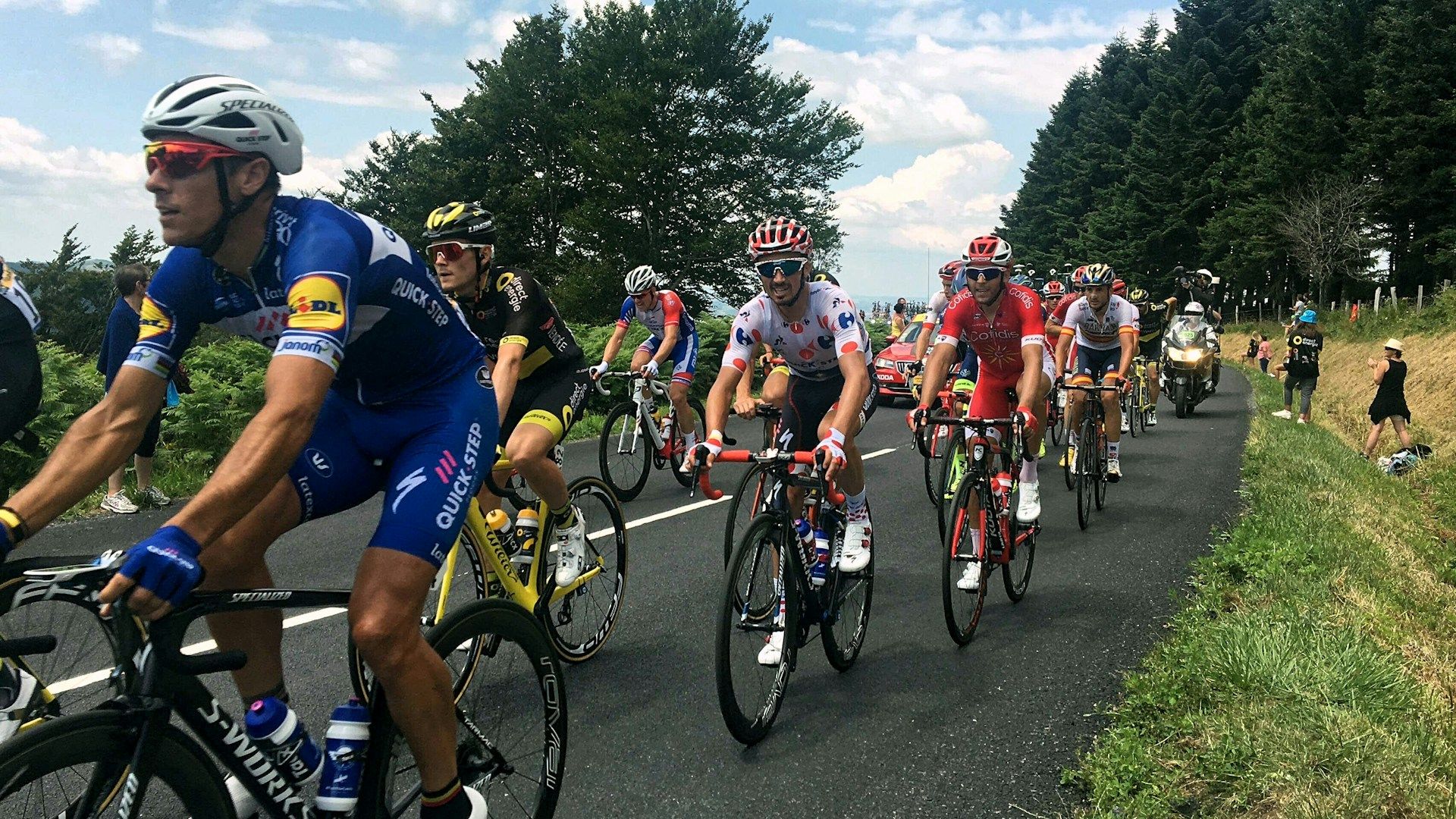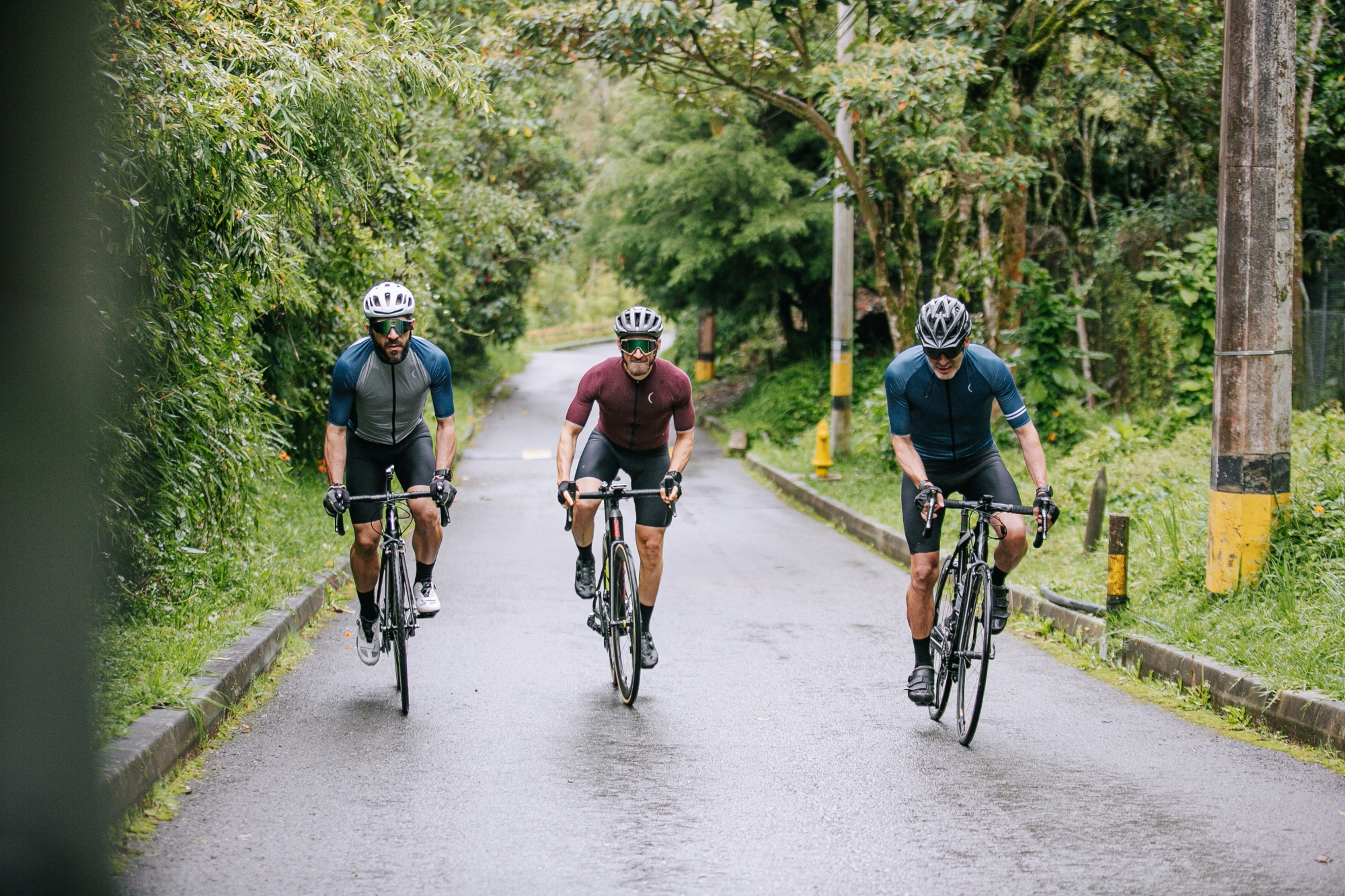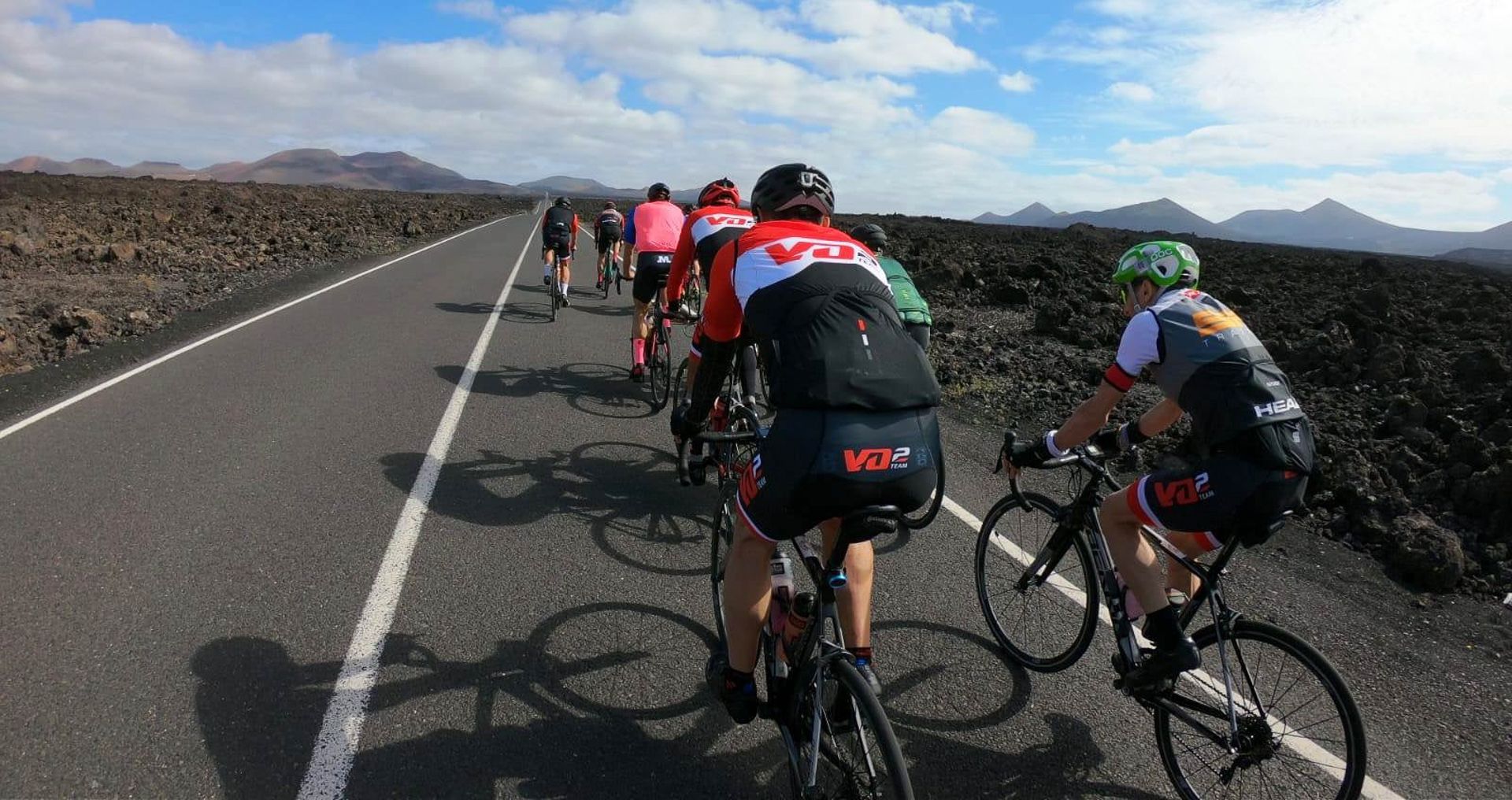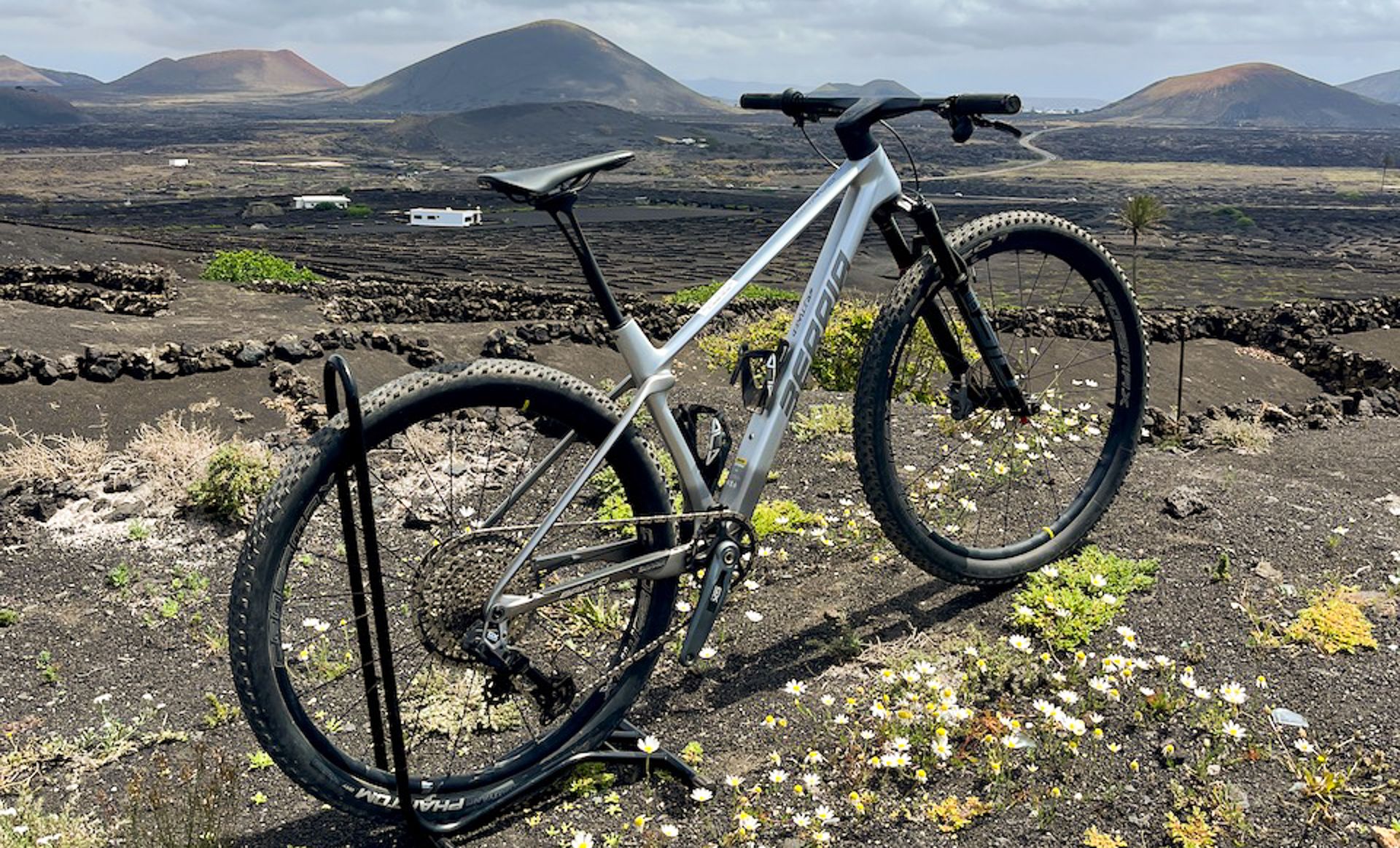
Understanding the Importance of Cycling Safety and Group Riding Protocols
In the exhilarating world of cycling, safety reigns supreme. Whether you're a seasoned road cyclist or just starting out, understanding and adhering to cycling safety tips and group cycling etiquette is essential for a safe and enjoyable riding experience. From mastering road bike handling to familiarising yourself with cycling safety rules, safe group riding requires a combination of skill, awareness, and respect for fellow cyclists. In this comprehensive guide, we'll delve into the intricacies of cycling safety and group riding protocols, offering valuable insights and practical advice to help you navigate the roads with confidence and caution. So, saddle up and join us as we embark on a journey towards safer, more enjoyable group rides and road bike adventures.
The Essentials of Group Riding Safety: Top Tips for a Smooth and Secure Ride
Navigating the roads as part of a group requires a solid understanding of group riding safety tips and techniques. First and foremost, communication is key. Before setting off, establish clear signals and communication protocols with your fellow riders to ensure everyone is on the same page. Maintain a steady pace and avoid sudden accelerations or decelerations, which can lead to accidents or collisions. When riding in a group, it's important to maintain proper spacing between riders, typically a few feet apart, to allow for manoeuvrability and reaction time. Additionally, familiarise yourself with cycling formation techniques, such as riding in a double paceline or rotating paceline, to optimise efficiency and safety during group rides. Finally, always remain vigilant and alert to potential hazards on the road, such as potholes, debris, or unexpected obstacles, and communicate these hazards to your group using agreed-upon signals or verbal cues. By following these group riding safety tips and techniques, you can enjoy a smooth and secure ride with your cycling companions while minimising the risk of accidents or incidents.

Road Bike Handling Skills Every Cyclist Should Master for Optimal Safety
Mastering road bike handling skills is essential for every cyclist looking to ride safely and confidently on the roads. One crucial aspect of road bike handling is cornering effectively. When approaching a corner, it's important to maintain a smooth and controlled line, gradually leaning your bike into the turn while keeping your body weight centred over the bike. This helps to maintain traction and stability, reducing the risk of skidding or loss of control. Additionally, be sure to scan the road ahead for any obstacles or hazards that may affect your line through the corner, and adjust your speed and positioning accordingly.
Another critical aspect of road bike handling is braking effectively. Proper braking technique can mean the difference between a safe stop and a potential collision. When braking on a road bike, apply even pressure to both brakes simultaneously, using primarily the front brake for most of your stopping power while applying the rear brake to help stabilise the bike. Avoid locking up either wheel, as this can lead to loss of control and skidding. Practice modulating your braking pressure to achieve smooth, controlled stops in various conditions, including wet or slippery surfaces. Finally, when descending on a road bike, maintain a relaxed but firm grip on the handlebars, keep your weight centred over the bike, and use your body and bike to steer smoothly through turns. By mastering these road bike handling skills and techniques, cyclists can ride with confidence and safety on the roads, enjoying the thrill of the ride while minimising the risk of accidents or incidents.
Navigating Traffic Safely: Road Bike Strategies to Stay Secure
Cycling safety tips are essential for every road cyclist, especially when sharing the road with vehicles. First and foremost, visibility is key. Always ensure you're visible to motorists by wearing bright or reflective clothing and using front and rear lights, especially during low-light conditions or inclement weather. Additionally, make use of hand signals to communicate your intentions clearly to drivers, whether you're signalling a turn, a lane change, or slowing down. Maintaining a predictable and visible presence on the road helps drivers anticipate your movements and reduces the risk of accidents or collisions.
When sharing the road with vehicles as a cyclist, it's crucial to assert your rights and ride defensively. Stay alert and aware of your surroundings at all times, scanning for potential hazards such as parked cars, opening car doors, or pedestrians crossing the street. Position yourself assertively within your lane, taking up enough space to discourage motorists from attempting risky manoeuvres such as unsafe passes. Remember to ride in the same direction as traffic flow, obey traffic signals and signs, and yield the right of way when necessary. By following these cycling safety tips and sharing the road responsibly with vehicles, cyclists can stay secure and confident on their road bike adventures.
Conclusion
In conclusion, mastering road bike handling skills, adhering to cycling safety tips, and sharing the road responsibly with vehicles are essential practices for every cyclist looking to stay secure on their rides. By following these strategies and precautions, cyclists can navigate traffic safely, whether they're riding through urban streets or exploring scenic routes. And for those seeking a safe and picturesque destination to practice group riding skills, look no further than Lanzarote. With its smooth roads, stunning landscapes, and cycling-friendly infrastructure, Lanzarote offers an ideal setting for cyclists of all levels to hone their skills, enjoy group rides, and embrace the joy of cycling in a secure environment. So, saddle up, stay safe, and enjoy the ride!
 Where to Refuel: Best Cafés and Cycling Stops in Lanzarote
Where to Refuel: Best Cafés and Cycling Stops in Lanzarote




